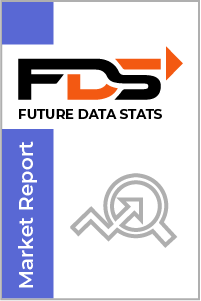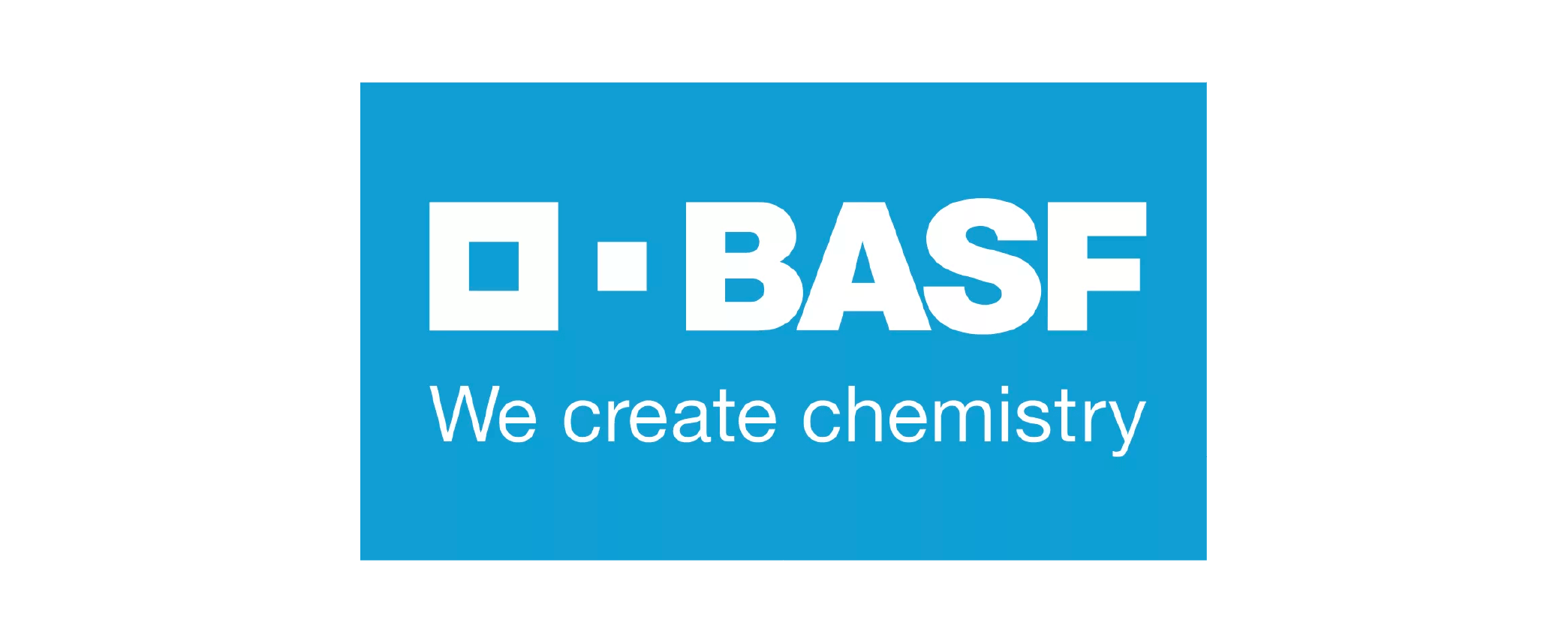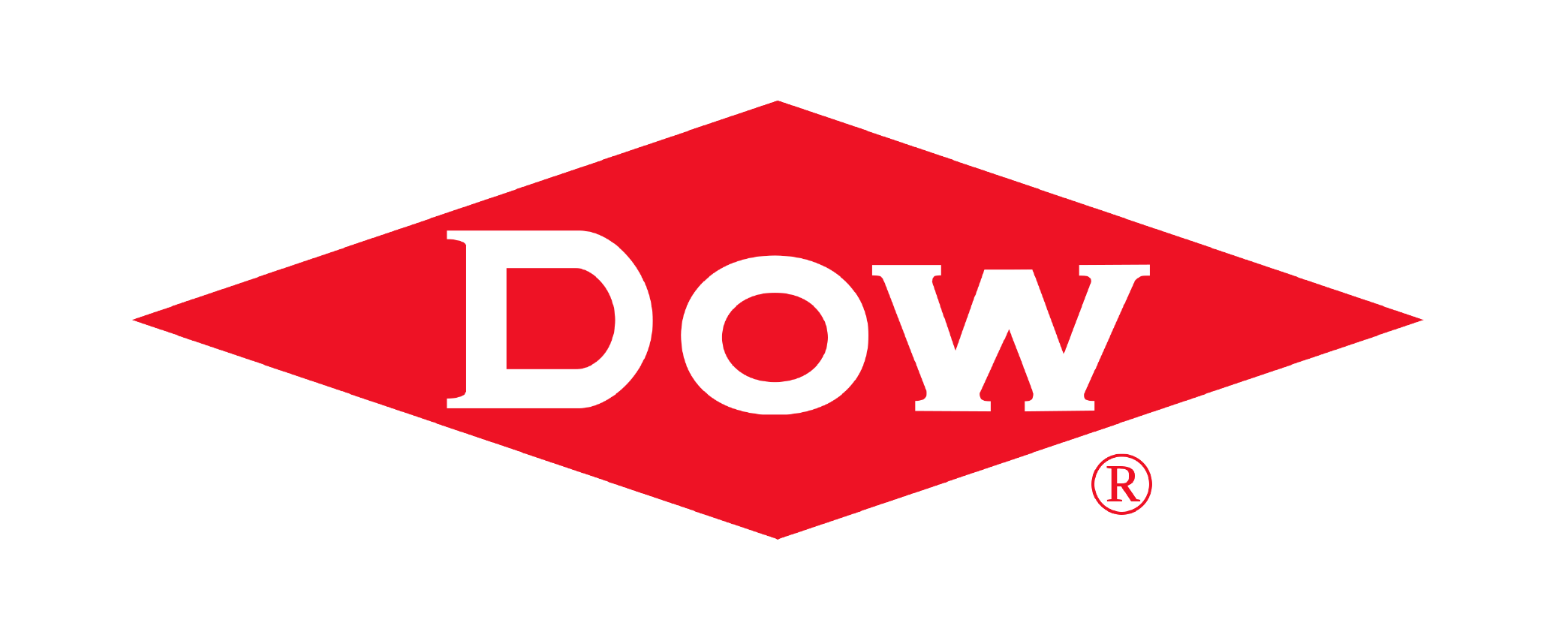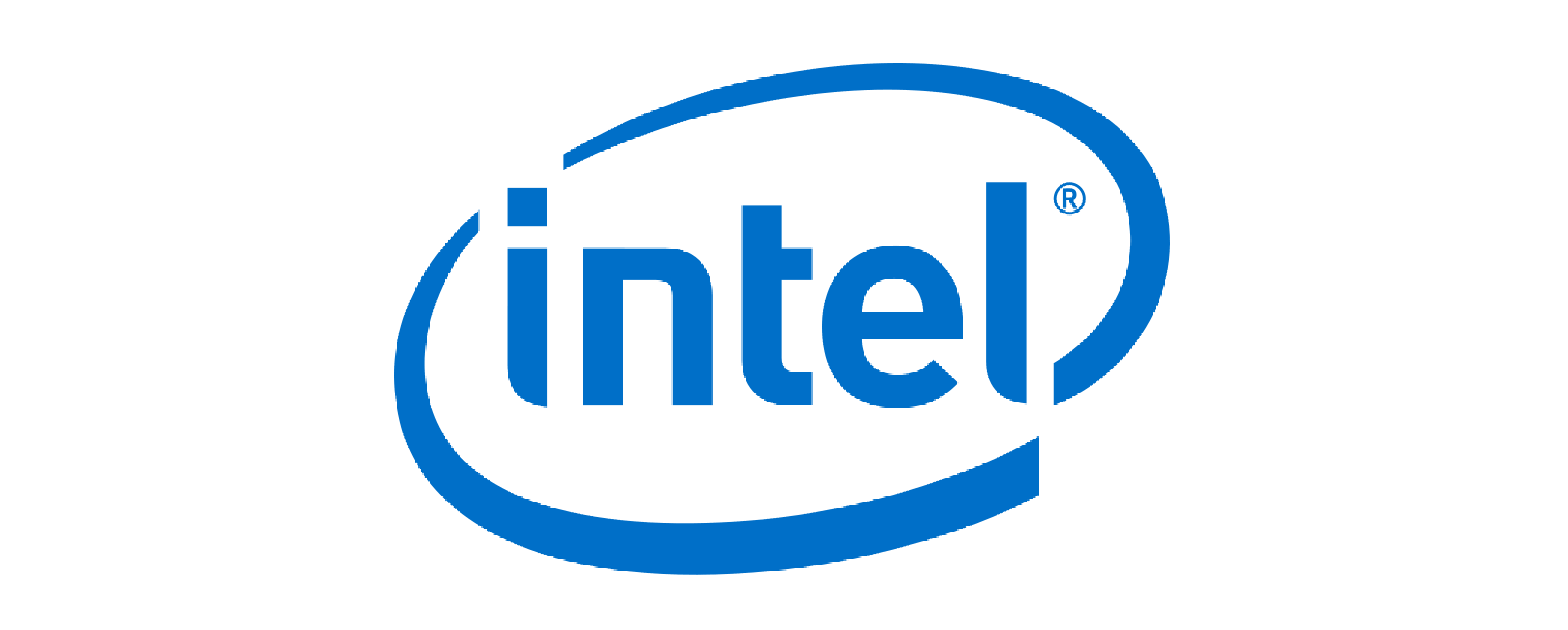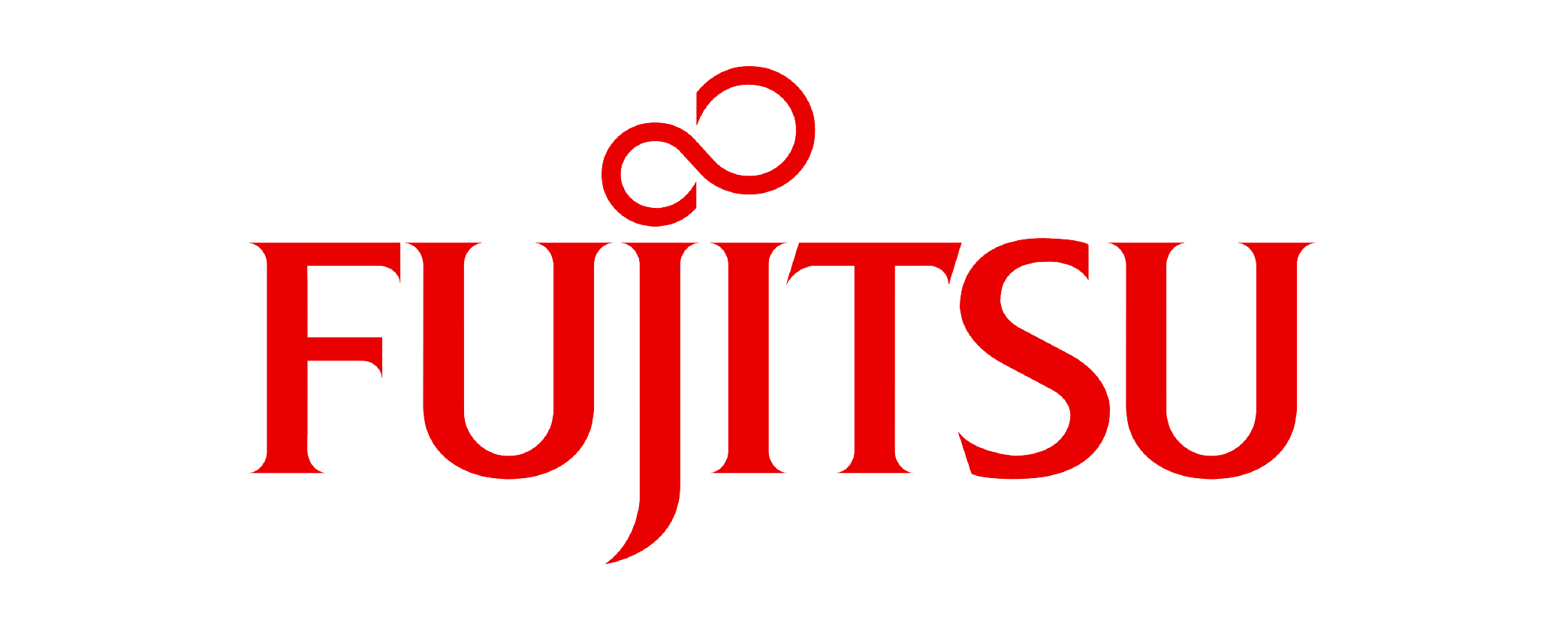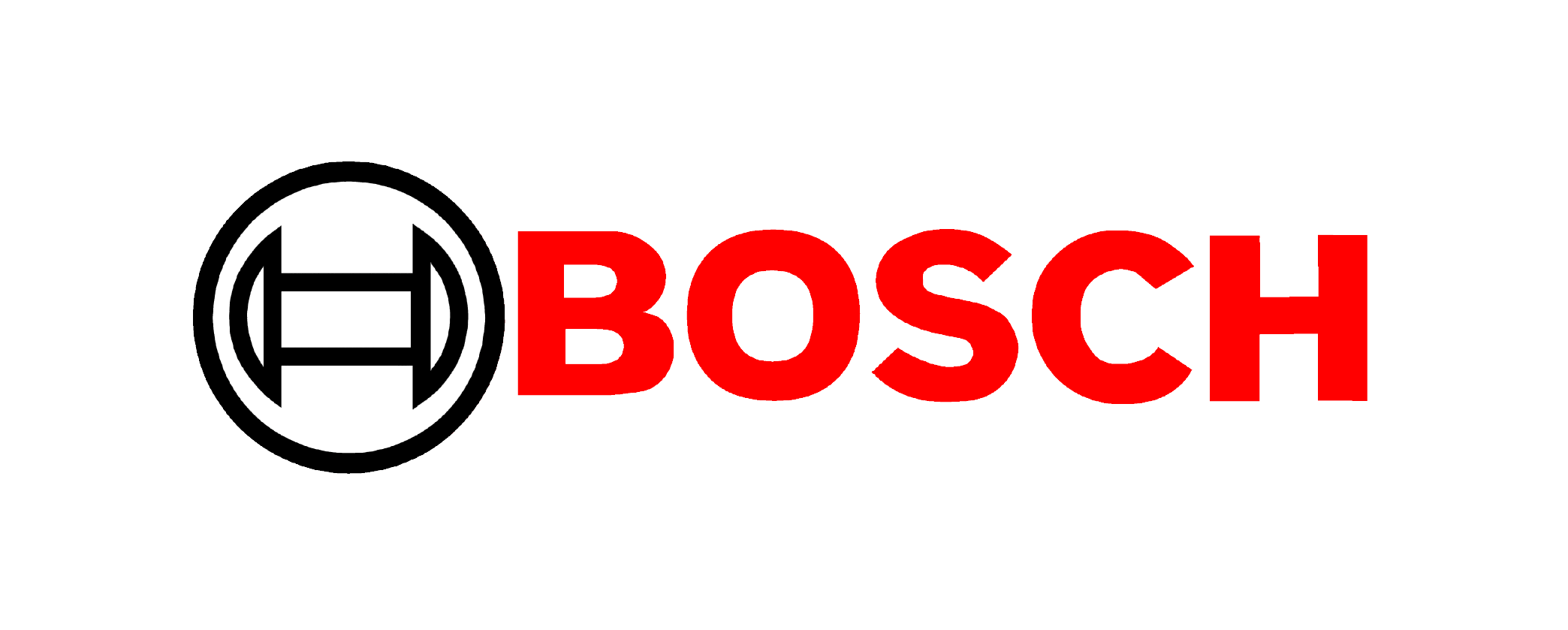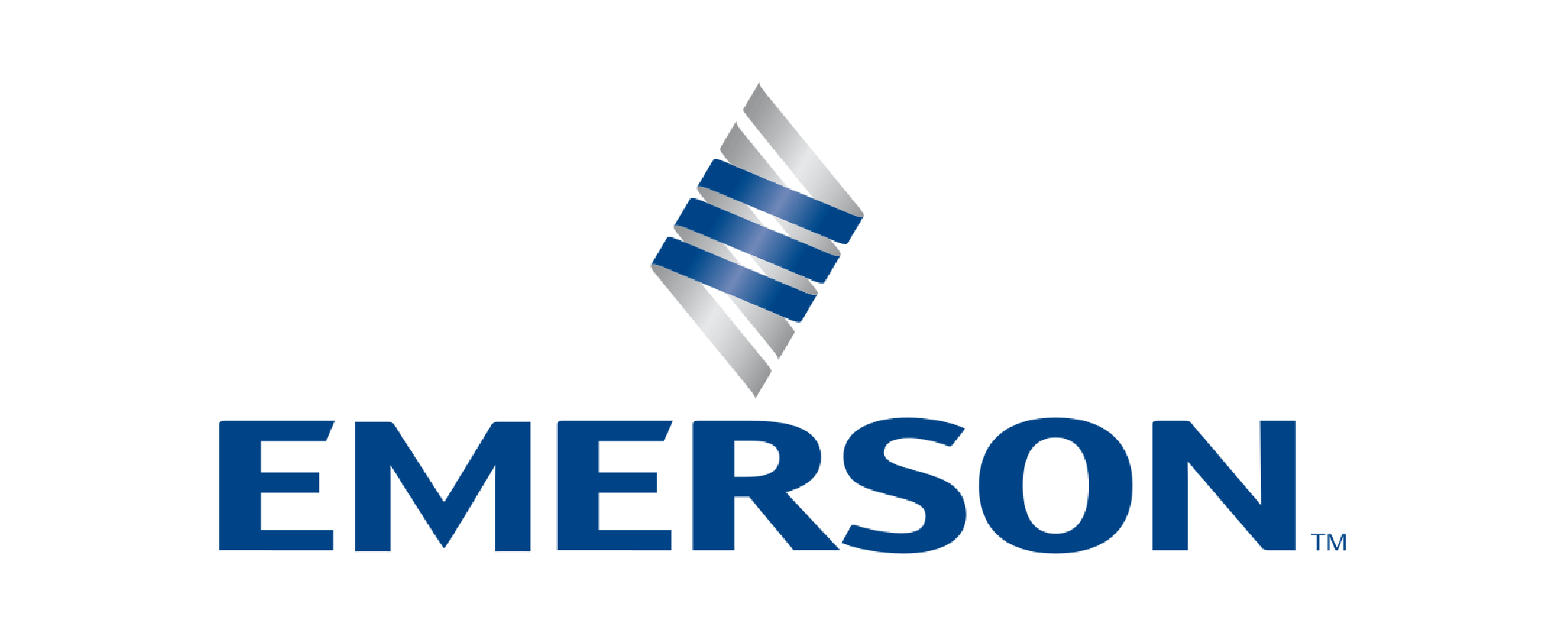Handball Market: table of contents
The global Handball Market size was valued at USD 800 Million in 2024 and is projected to expand at a compound annual growth rate (CAGR) of 6% during the forecast period, reaching a value of USD 1200 Million by 2032.
The "Handball Market Research Report" by Future Data Stats provides an in-depth examination of the market landscape, utilizing historical data from 2021 to 2023 to identify key trends and growth patterns. Setting 2024 as the foundational year, the report explores consumer behavior, competitive forces, and regulatory frameworks that influence the industry. It transcends basic analysis, delivering a thoroughly researched forecast extending from 2025 to 2033. By employing sophisticated data analysis methodologies, the report not only outlines the market's growth trajectory but also uncovers emerging opportunities and foresees potential obstacles, empowering stakeholders with vital insights to adeptly navigate the changing market landscape.
MARKET OVERVIEW:
Handball is a competitive sport played indoors and outdoors, involving fast-paced team dynamics and strategic gameplay. It requires specialized equipment such as handballs, shoes, and protective gear, making it a growing segment in the sports industry. Various organizations, leagues, and schools promote handball, driving demand for training programs, apparel, and accessories. The market for handball expands with increasing participation at professional and amateur levels. Manufacturers develop innovative products to enhance player performance and safety. Sponsorships, broadcasting rights, and international tournaments contribute to market growth, attracting investments from sports brands and stakeholders.
MARKET DYNAMICS:
Handball is evolving with a growing focus on digital engagement and fan interaction. Clubs and leagues are leveraging social media, live streaming, and mobile apps to enhance viewer experience and attract a broader audience. Sponsorship deals and brand partnerships are becoming more prominent, with companies investing in merchandise and advertising opportunities. Additionally, technological advancements, such as performance analytics and wearable training devices, are gaining traction among professional teams and individual players. This shift toward data-driven strategies is improving gameplay efficiency while creating new revenue streams for industry stakeholders. Looking ahead, the market is expected to witness increased investment in grassroots programs and youth development initiatives. Emerging markets in Asia and Latin America are showing strong potential, with governing bodies working to expand handball’s reach through training academies and international tournaments. Sustainability efforts are also gaining importance, with manufacturers focusing on eco-friendly equipment and apparel. As e-sports and virtual gaming gain popularity, handball-related digital experiences could create additional avenues for engagement. These evolving trends indicate a dynamic future where innovation and accessibility will play a key role in shaping the market landscape.
As more countries invest in grassroots programs, young athletes are discovering handball as an engaging way to develop their skills. Additionally, the rise of fitness trends encourages participation in diverse sports, driving demand for handball equipment and training facilities. Sponsorships and partnerships with brands also contribute to market growth, enhancing visibility and accessibility. The handball market faces challenges such as limited media coverage and competition from more popular sports. These factors can hinder broad audience engagement, impacting sponsorship potential. However, opportunities abound in digital media and online streaming, which can showcase handball to a wider audience. Furthermore, innovations in equipment technology and training methods can attract new players, while collaborations with schools and community organizations can strengthen the sport's presence at the grassroots level.
HANDBALL MARKET SEGMENTATION ANALYSIS
BY TYPE:
Indoor handball dominates the market due to its widespread popularity in professional leagues and international tournaments. It thrives in controlled environments, allowing consistent gameplay regardless of weather conditions. Clubs, schools, and training centers invest in indoor handball infrastructure, boosting demand for specialized equipment and apparel. Beach handball is gaining traction with its fast-paced and spectator-friendly format. It attracts players and audiences to coastal regions, increasing demand for event sponsorships and tourism-driven competitions. The sport's growing inclusion in international events enhances its market visibility, encouraging brands to invest in beach-specific gear.
Field handball, though less common, maintains a presence in regions with strong grassroots development. Schools and local sports organizations promote field handball as an accessible entry point for new players. This segment supports market expansion by driving demand for entry-level equipment and community-based tournaments.
BY APPLICATION:
Professional handball continues to grow as leagues and clubs invest in talent development, sponsorships, and advanced training methods. Teams focus on improving player performance through data analytics and specialized coaching, while broadcasters enhance the viewing experience with high-definition streaming. Increased media coverage and international tournaments are driving greater fan engagement and commercial opportunities. Amateur handball is expanding as schools and local clubs introduce structured training programs and community leagues. National federations support these initiatives by organizing competitions and providing resources for skill development. The rise of social media and digital platforms is also helping amateur players showcase their talent and connect with larger audiences.
Recreational handball remains popular due to its accessibility and health benefits. Many sports centers and fitness clubs promote the game as a fun and effective way to stay active. Manufacturers are responding to this demand by offering affordable and high-quality equipment, making handball more inclusive for casual players of all ages.
BY PRODUCT:
Handballs drive the market as essential equipment for all levels of play. Manufacturers focus on durability, grip, and material innovation to enhance performance. Professional leagues, training academies, and recreational players contribute to the steady demand for high-quality handballs. Handball shoes and apparel play a crucial role in player comfort and agility. Brands develop lightweight, supportive footwear and breathable sportswear to improve movement and endurance. Sponsorship deals and team merchandise sales further boost the market for specialized sportswear.
Protective gear and accessories ensure player safety and efficiency on the court. Knee pads, wrist guards, and grip-enhancing products help prevent injuries and enhance performance. The rising emphasis on player protection fuels demand for high-quality, ergonomic equipment.
BY DISTRIBUTION CHANNEL:
Online stores are reshaping handball retail by offering a wide range of equipment, apparel, and accessories with convenient delivery options. E-commerce platforms provide competitive pricing, customer reviews, and exclusive deals, making it easier for players and fans to access quality products. Digital marketing and influencer promotions further boost sales, attracting a global customer base. Offline sports stores continue to serve players who prefer hands-on shopping experiences. Many retailers focus on personalized customer service, allowing buyers to test products before making a purchase. Partnerships with local clubs and training centers also help these stores maintain steady demand by offering team gear and customized equipment.
Specialty sports shops cater to professional and dedicated amateur players by stocking premium handball gear. These stores emphasize high-performance products, expert recommendations, and specialized fittings. Their collaboration with leading brands and direct engagement with sports communities ensure they remain a trusted source for quality equipment.
BY END-USER:
Clubs and associations drive the handball market by organizing leagues, tournaments, and training programs. They invest in high-quality equipment, apparel, and facilities to support player development. Sponsorships and partnerships with sports brands further strengthen their impact on market growth. Schools and colleges play a key role in expanding handball’s reach by introducing the sport to young athletes. They create demand for training gear, team uniforms, and coaching resources. Youth and junior handball programs encourage early participation, ensuring a steady pipeline of future players.
Individual players, both professional and amateur, contribute to the market by purchasing personal equipment and accessories. Professionals rely on advanced gear for performance, while amateurs seek affordable options for recreational play. This diverse consumer base fuels innovation in product design and availability.
BY REVENUE SOURCE:
Ticket sales drive revenue as leagues and tournaments attract larger audiences to arenas and stadiums. Organizers focus on enhancing the fan experience with better seating, interactive events, and digital ticketing options. Discounts, season passes, and exclusive VIP packages also encourage higher attendance and engagement. Sponsorships and media rights play a crucial role in expanding handball’s reach. Major brands invest in team partnerships, advertising, and event sponsorships to increase visibility. Broadcasting deals with TV networks and streaming platforms generate significant revenue while bringing the sport to a global audience.
Merchandise sales and memberships provide steady income for clubs and organizations. Fans purchase jerseys, equipment, and collectibles to show their support, while subscription-based programs offer exclusive content and benefits. These revenue streams help sustain the sport by funding player development and event organization.
REGIONAL ANALYSIS:
North America and Europe lead the handball market with strong professional leagues, well-established training programs, and high participation rates. Major tournaments, sponsorship deals, and media coverage drive demand for handballs, apparel, and protective gear. Clubs and schools invest in advanced facilities, boosting the market for premium sports equipment and coaching services.
Asia Pacific, Latin America, and the Middle East & Africa are witnessing steady growth due to increasing awareness and grassroots initiatives. Governments and sports organizations promote handball through school programs and regional competitions, expanding its reach. Rising investments in infrastructure and sponsorships encourage more players to participate, driving demand for high-quality gear and training equipment.
MERGERS & ACQUISITIONS:
- in September 2021, Bluesport Entertainment announced a significant investment of INR 240 crore to develop the handball ecosystem in India, including the Premier Handball League (PHL).
KEY MARKET PLAYERS:
- Adidas
- Select Sport
- Molten
- Erima
- Kempa
- Hummel
- Puma
- Reusch
- Salming
- Stanno
- Spalding
- Mikasa
- ASICS
- Under Armour
- Mizuno
- Jako
- Joma
- Erreà
-
1. Executive Summary
-
2. Introduction
- Market Definition
- Research Methodology
- Market Scope
-
3. Market Dynamics
- Drivers
- Restraints
- Opportunities
- Challenges
-
4. Handball Market Segmentation
- By Type
- By Application
- By Product
- By Distribution Channel
- By End-User
- By Revenue Source
- By Region
-
5. Competitive Landscape
- Key Market Players
- Market Share Analysis
- Recent Developments
- Mergers & Acquisitions
-
6. Regional Analysis
- North America
- Europe
- Asia-Pacific
- Latin America
- Middle East & Africa
-
7. Industry Trends & Innovations
-
8. Future Outlook & Forecast
-
9. Conclusion
-
10. Appendix
- Research Methodology
- Data Sources
Handball Market Segmentation
By Type:
- Indoor Handball
- Beach Handball
- Field Handball
By Application:
- Professional Handball
- Amateur Handball
- Recreational Handball
By Product:
- Handballs
- Handball Shoes
- Handball Apparel
- Protective Gear
- Accessories
By Distribution Channel:
- Online Stores
- Offline Sports Stores
- Specialty Sports Shops
By End-User:
- Clubs & Associations
- Schools & Colleges
- Individual Players
- Youth & Junior Handball
- Professional Players
- Amateur Players
By Revenue Source:
- Ticket Sales
- Sponsorships & Partnerships
- Media Rights
- Merchandise Sales
- Membership & Subscriptions
By Geography:
- North America (USA, Canada, Mexico)
- Europe (UK, Germany, France, Italy, Spain, Rest of Europe)
- Asia-Pacific (China, Japan, South Korea, India, Rest of Asia-Pacific)
- South America (Brazil, Rest of South America)
- Middle East and Africa (GCC Countries, South Africa, Rest of MEA)
Why Invest in a Market Research Report?
- Empower Informed Decision-Making
A meticulously crafted market research report delivers a comprehensive analysis of industry trends, consumer behavior, and competitive landscapes. By leveraging these insights, organizations can make data-driven decisions, minimizing uncertainties and risks when introducing innovations or expanding into new markets. - Uncover Untapped Opportunities
Market research illuminates market gaps, emerging trends, and unmet consumer needs. This intelligence enables businesses to align product development and service offerings with evolving demand, positioning them to capitalize on lucrative opportunities and drive market leadership. - Gain Competitive Intelligence
Through in-depth analysis of competitors’ strategies, strengths, and vulnerabilities, companies gain actionable insights for strategic differentiation. This knowledge empowers organizations to refine their value propositions and craft targeted strategies to outperform rivals. - Optimize Marketing Effectiveness
Granular insights into target demographics, purchasing patterns, and psychographics allow businesses to design data-driven marketing campaigns. Such precision enhances customer engagement, maximizes ROI, and ensures optimal allocation of marketing resources. - Proactive Risk Management
Robust market research identifies potential challenges, from economic fluctuations to regulatory hurdles, enabling proactive risk mitigation. By anticipating disruptions, businesses can safeguard profitability, operational continuity, and brand reputation. - Strengthen Stakeholder Confidence
Investors and stakeholders demand validated market data to assess viability. A well-structured report provides credible evidence of market potential, competitive advantages, and growth projections, bolstering trust and facilitating capital acquisition. - Stay Ahead of Industry Evolution
Continuous monitoring of technological advancements, regulatory shifts, and consumer preferences ensures agility in a dynamic marketplace. Market research equips organizations to adapt swiftly, innovate strategically, and sustain long-term competitiveness.
Research Methodology
At Future Data Stats, our research methodology is anchored in nearly 70 Years of combined industry expertise, refined to deliver precise market intelligence and actionable industry insights. We employ a systematic, multi-layered approach to ensure accuracy, reliability, and strategic relevance in our analyses. Below is a detailed overview of our methodology:
Methodological Framework
Our process integrates primary and secondary research, advanced analytical frameworks, and industry-specific expertise to generate comprehensive market evaluations. The methodology is structured to provide stakeholders with a granular understanding of market dynamics, competitive landscapes, and growth opportunities.
Comprehensive Market Insights
We deliver a 360-degree perspective on market size, structure, and emerging trends by synthesizing data from diverse sectors. Our analysis focuses on:
- Trend Identification: Real-time monitoring of industry developments and macroeconomic factors.
- Growth Drivers: Quantitative and qualitative assessment of factors influencing market trajectories.
- Forecasting: Scenario-based projections using validated data and expert evaluations.
All insights are grounded in high-quality datasets, independent expert perspectives, and rigorous validation protocols to ensure alignment with client objectives.
Data-Driven Research Approach
We leverage a multi-source data ecosystem to enhance analytical depth:
- Primary Research:
- Stakeholder Interviews: 24+ hours of structured engagements with industry leaders, suppliers, distributors, and end-users.
- Key Opinion Leader (KOL) Consultations: Customized questionnaires and in-depth discussions to capture nuanced insights.
- Value Chain Analysis: Holistic coverage from raw material suppliers to end-consumer dynamics.
- Secondary Research:
- Document Analysis: Evaluation of 3,000+ sources, including industry reports, regulatory publications, and competitive benchmarking data.
- Macro-Level Data: Integration of statistics from government databases, trade associations, and global indices.
Analytical Framework
Our dual-pronged analytical strategy ensures precision in market sizing and competitive positioning:
- Bottom-Up Approach:
- Calculation of regional and global market sizes through granular revenue analysis of key players.
- Validation via demand-supply gap assessments and pricing trend evaluations.
- Top-Down Approach:
- Identification of market leaders and segmentation based on product portfolios, regional presence, and innovation capabilities.
- Market share derivation using financial disclosures and industry benchmarks.
Key Methodological Advantages
- Actionable Intelligence: Robust datasets and trend analysis to inform strategic decision-making.
- Technological Rigor: Proprietary analytical tools and sector-specific models to enhance data accuracy.
- Unbiased Outcomes: Transparent, independent insights free from external influence.
Quality Assurance
Every research output undergoes a multi-stage validation process, including peer review, cross-verification with industry benchmarks, and real-time data updates. This ensures our findings remain current, credible, and actionable.
By combining empirical research, advanced analytics, and industry acumen, Future Data Stats empowers clients to navigate complex markets with confidence and achieve sustainable growth. Our methodology reflects a steadfast commitment to excellence, innovation, and client success.
Handball Market Dynamic Factors
Drivers:
- Growing popularity of professional handball leagues and tournaments
- Increased investments in sports infrastructure and training facilities
- Rising youth participation through schools and grassroots programs
- Sponsorship deals and media coverage boosting market visibility
- Advancements in handball equipment improving player performance
Restraints:
- Limited global awareness compared to mainstream sports
- High costs of professional training and specialized gear
- Seasonal nature of outdoor handball affecting consistent participation
- Lack of infrastructure in developing regions
- Injuries and safety concerns limiting player engagement
Opportunities:
- Expansion of handball into emerging markets through development programs
- Rising demand for eco-friendly and high-performance sports equipment
- Growth in digital streaming and broadcasting partnerships
- Increasing corporate sponsorships and endorsements
- Innovation in training technologies and analytics for player development
Challenges:
- Competition from other popular sports limiting market share
- Difficulty in securing long-term sponsorship and funding
- Varying rules and formats across regions affecting global standardization
- Retaining player interest and participation post-youth levels
- Economic downturns impacting sports investments and event organization
Handball Market Regional Key Trends Analysis
North America:
- Increased investment in professional leagues and youth training programs.
- Growing digital engagement through streaming platforms and social media.
- Expansion of sponsorship deals with major sports brands.
Europe:
- Strong dominance of club competitions and international tournaments.
- Advancements in player performance analytics and training technology.
- Rising fan engagement through immersive in-stadium experiences.
Asia Pacific:
- Rapid development of handball infrastructure and training academies.
- Growing participation in school and university-level competitions.
- Increased government initiatives to promote the sport.
Latin America:
- Expanding grassroots programs to develop young talent.
- Strengthening domestic leagues with international collaborations.
- Increasing popularity of beach handball in coastal regions.
Middle East & Africa:
- Rising investment in handball facilities and professional coaching.
- Growing media coverage of regional and international tournaments.
- Partnerships with European clubs to enhance player development.
Frequently Asked Questions
